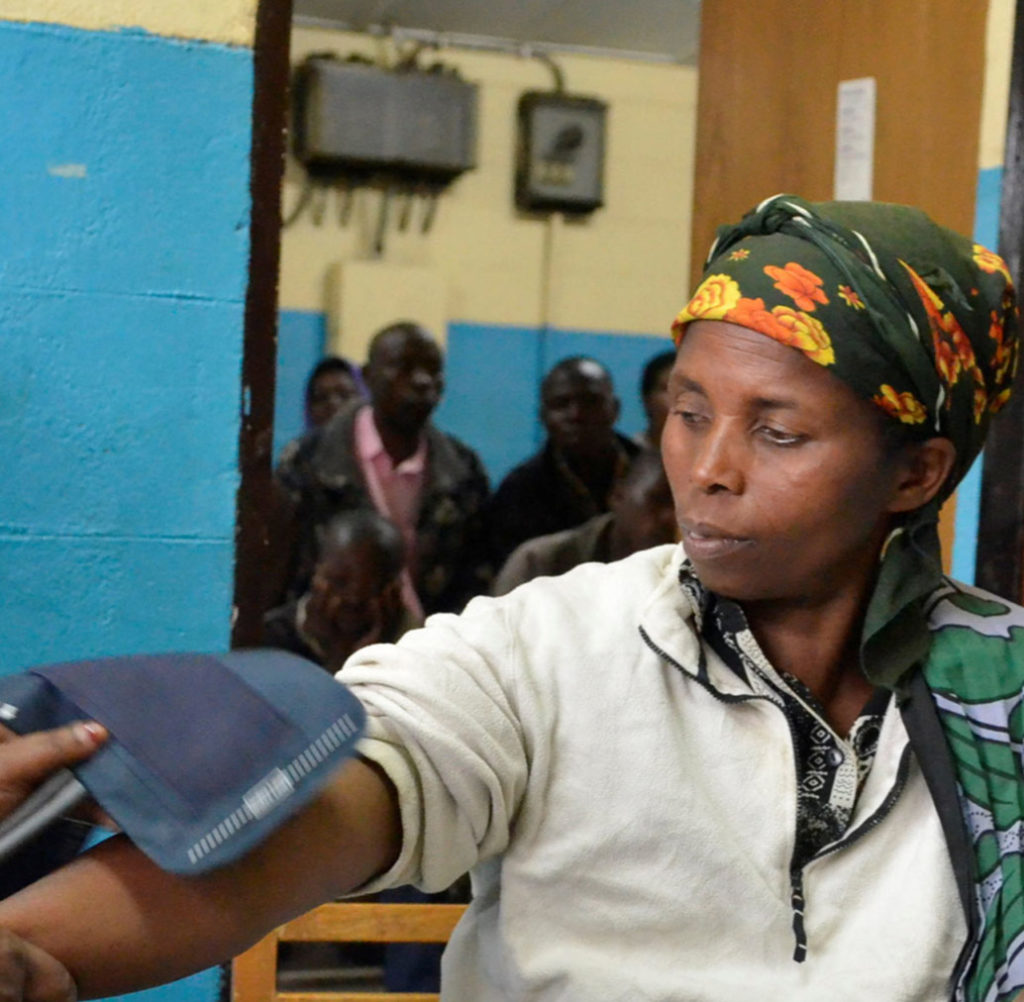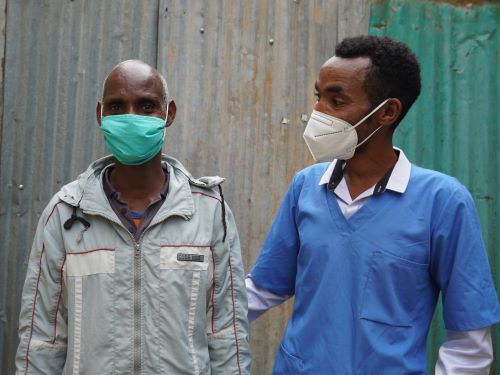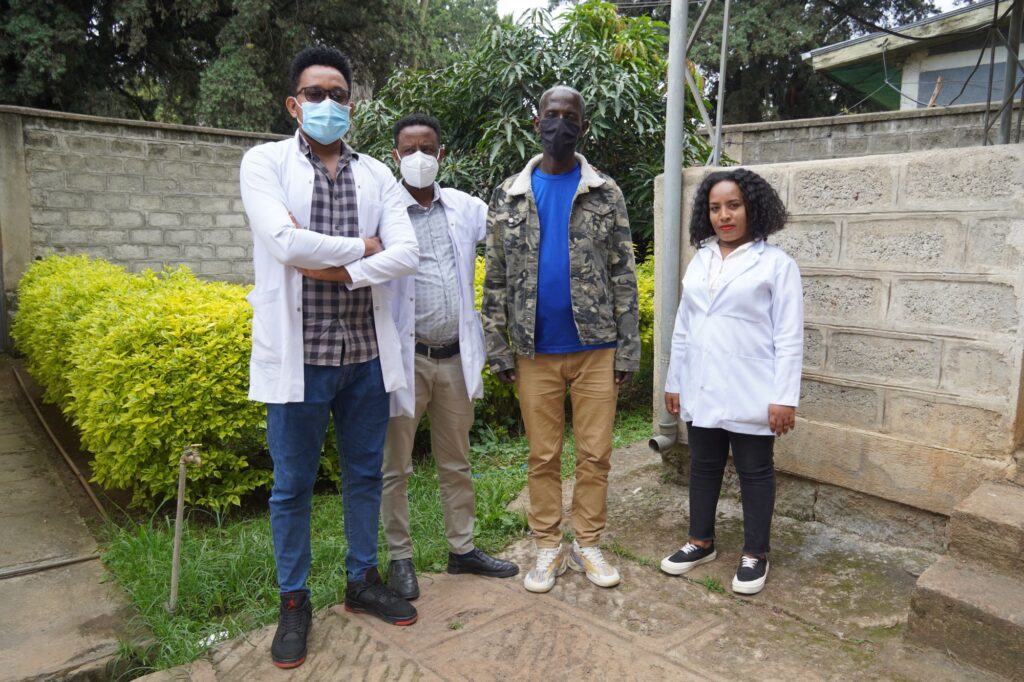Electronic Infectious Disease Surveillance and Response (eIDSR) System in Rwanda
Electronic Infectious Disease Surveillance and Response (eIDSR) System in Rwanda

Outbreaks can overwhelm weak or fragile health systems that lack the tools, infrastructure, policies, and systems to keep communities healthy and safe. Timely detection, preparedness, and appropriate response are essential for limiting both the loss of human life and crippling political and socio-economic impact of disease outbreaks. Countries must build effective and sustainable disease surveillance and reporting systems that mobilize all levels of the health system–including communities–for crisis response.
In 2013, with the support of the U.S. Centers for Disease Control and Prevention, Rwanda became the first low-income country to pioneer an electronic disease surveillance and response (eIDSR) system using mobile technology and interactive voice response. Building on this work, the Epidemic Surveillance and Response (ESR) Division of the MoH’s Rwanda Biomedical Center (RBC) and USAID’s Rwanda Health Systems Strengthening (RHSS) Project, led by Management Sciences for Health (MSH), partnered with the Health Information Systems Programs (HISP) in Uganda and Tanzania to leverage their expertise of District Health Information Software (DHIS-2)5 –an open source platform that Rwanda uses for reporting, analyzing, and disseminating routine health data–to customize a comprehensive eIDSR module on the platform.
This technical highlight describes the key features of the eIDSR system, preliminary results since its launch, lessons learned from implementation, and next steps.


